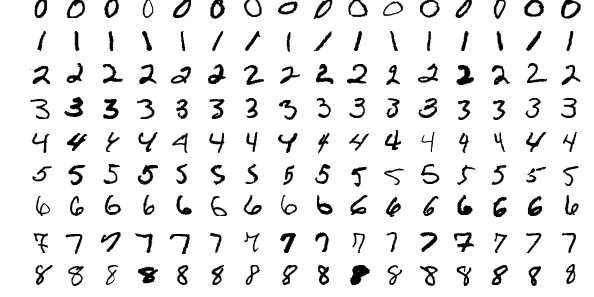Generative Adversarial Networks

Generative Adversarial Networks
Generative Adversarial Networks (GANs) are a class of algorithms used in Deep Learning which belong to the category of generative models. With “generative models” we refer to those models whose main…
📚 Read more at Analytics Vidhya🔎 Find similar documents

Generative Adversarial Networks: A Rival Makes You Stronger
Generative Adversarial Networks or GANs are generative models that create new data instances that reflect the original data. It is made up of two networks one is a generator, a model that can…
📚 Read more at Analytics Vidhya🔎 Find similar documents

An Easy Introduction to Generative Adversarial Networks
Generative Adversarial Networks (GANs) are a type of neural network architecture which have the ability to generate new data all on their own. The study of these GANs is a piping hot topic in Deep…
📚 Read more at Towards Data Science🔎 Find similar documents

Generative Adversarial Networks using Tensorflow
Generative adversarial networks (GANs) are deep neural net architectures comprising of a set of two networks which compete against the other, hence the name “adversarial”. GANs were introduced in a…
📚 Read more at Towards Data Science🔎 Find similar documents

Generative Adversarial Network
Generative Adversarial Networks are used for generating new instances of data by learning from real examples. It has two main components a generator and a discriminator.
📚 Read more at Towards Data Science🔎 Find similar documents

5 Articles to Understand Generative Adversarial Networks
A Generative Adversarial Network (GAN) is a generative network architecture, capable of generating new content, such as images and audio, made to look real. They can be used to generate special…
📚 Read more at Towards Data Science🔎 Find similar documents

Generative Adversarial Network
Generative Adversarial Networks or GANs were first reported on in 2014 from Ian Goodfellow and others in Yoshua Bengio’s lab. Since then, GANs have exploded in popularity. Here are a few examples to…
📚 Read more at Level Up Coding🔎 Find similar documents

Removing the “Adversarial” in Generative Adversarial Networks
Generative Adversarial Networks (GANs) are an important development in deep learning; its formulation inspired a new generation of model ensembles that interact with each other in ways to produce…
📚 Read more at Towards Data Science🔎 Find similar documents

What is a Generative Adversarial Network?
Before we even think about starting to talk about Generative Adversarial Networks (GANs), it is worth asking the question of what’s in a generative model? Why do we even want to have such a thing…
📚 Read more at Towards Data Science🔎 Find similar documents

Generative Adversarial Networks (GANs)
Generative Adversarial Networks (a.k.a. GANs) represents one of the most exciting recent innovation in deep learning. GANs were originally introduced by Ian Goodfellow and Yoshua Bengio from the…
📚 Read more at Towards Data Science🔎 Find similar documents

How Generative Adversarial Networks work!
Generative Adversarial Networks (GANs) marked the first great success of Deep Learning when it comes to generative AI. We are reviewing the in and out of this foundational model paradigm. We are going...
📚 Read more at The AiEdge Newsletter🔎 Find similar documents

Understanding Generative Adversarial Networks (GANs)
Generative Adversarial Networks (GANs) are deep generative models composed of two networks, a generator and a discriminator, opposed to each other.
📚 Read more at Towards Data Science🔎 Find similar documents

